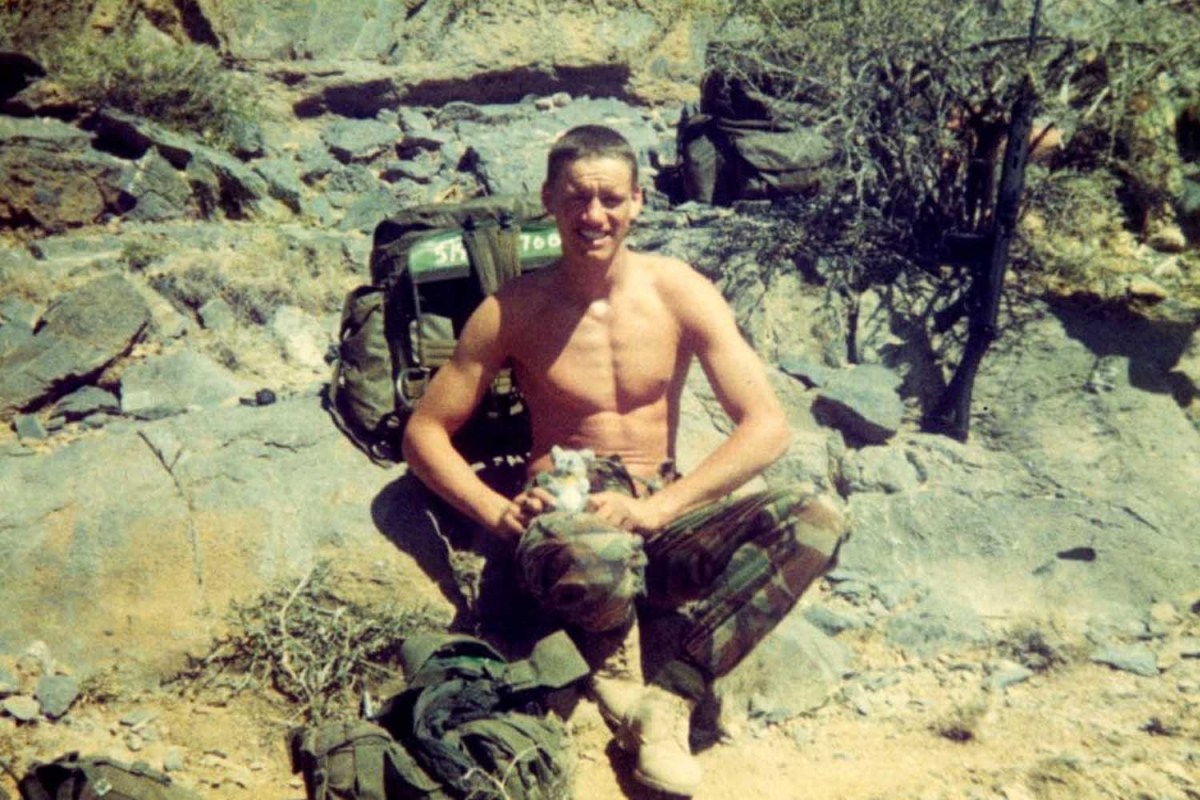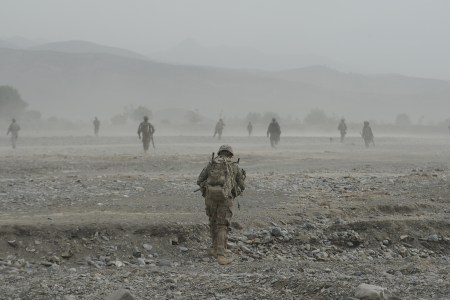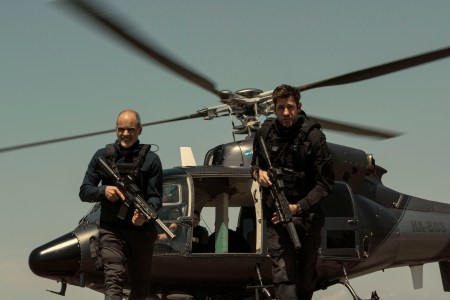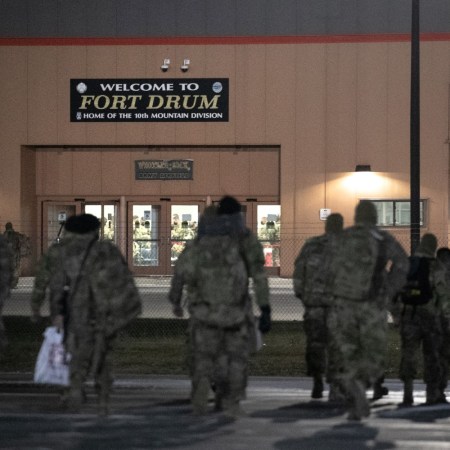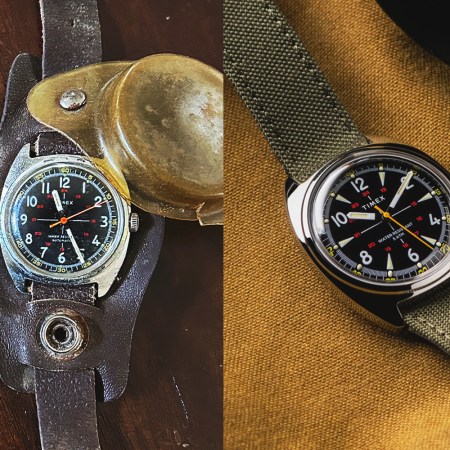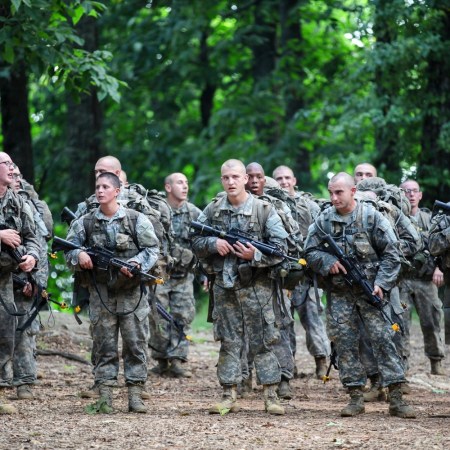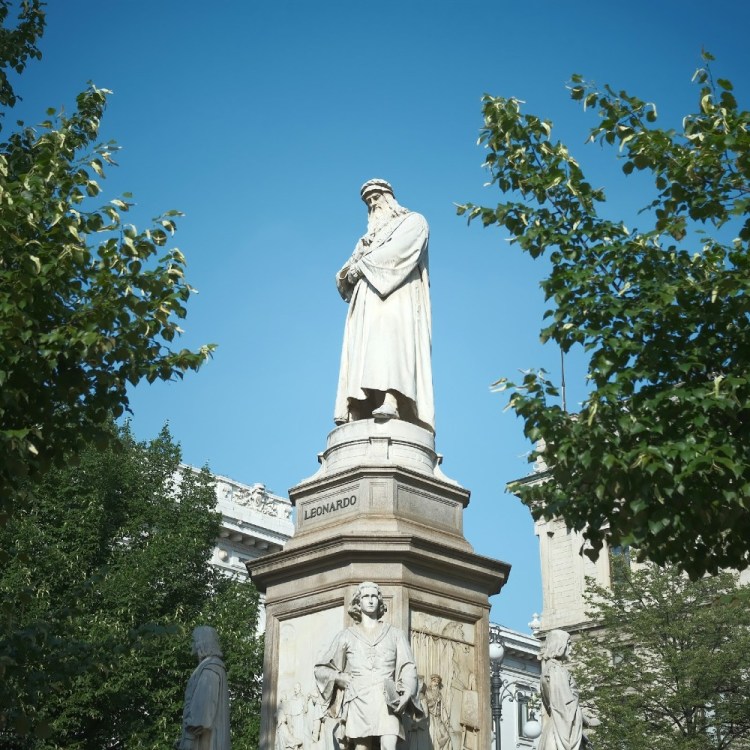Mark “Billy” Billingham served as a patrol commander in the British Parachute Regiment before joining the elite Special Air Service (SAS). During his time in the SAS, he manned countless high-level campaigns in Iraq, Afghanistan, South America and Africa, earning him the Queen’s Commendation for Bravery and an MBE presented by Queen Elizabeth II.
Billingham earned the latter for his pivotal role in a number of hostage rescues, which are largely considered by the special forces community to be the most difficult missions. Here, the host of SAS: Who Dares Wins and Special Forces: World’s Toughest Test, tells us the backstory to one such operation. The interview has been condensed for clarity and redacted for security.
The question that I get asked the most as a former special forces soldier is, “How many people have you killed?” I never really know how to answer that. I would much rather be asked, “How many people have you saved?” That is the number that matters and it’s in the thousands, directly or indirectly. Have bad men been hurt along the way? I did what I had to do. Some of the people I’ve protected I’ll never have the chance to see in person, while some people I’ve personally carried out of horrible situations.
There was one such situation in the Middle East, when a group of terrorists captured a British national, an American and two Canadians. Because there was a British national involved, the SAS got involved right away. As an American was being held hostage, too, Delta Force and the US military showed up in support capacity.
The toughest missions to go into always involve hostage rescue. Straight away you’re on your back foot, because someone else’s life is in your hands. There’s also a timeline that you’re beholden to in order to succeed. The kinds of people who capture innocents are the worst kinds of people. That’s who you are going up against.
We knew that we were working against the odds. The terrorist group had sent footage of their hostages, who weren’t in great shape, considering, and one of them was deteriorating physically. The deadline that we had been given was coming up quickly. There was no chance that the governments were going to submit to their demands. By the time the SAS is brought into a situation like this, there’s no more negotiating.
A Green Beret Commander on the War in Afghanistan, “Retrograde” and Those Still Left Behind
LTC Matthew A. Chaney is featured in a searing new National Geographic documentaryEach squadron in the SAS has an “interest room” where we do the majority of our planning, before the plan is taken to the top. From day one, everyone has a chance to talk and everyone is included in the planning. They realize that everyone has something to offer. The sergeant major gives us the objective and like a puzzle, all of the pieces of our plan start to come together.
Unfortunately, we didn’t have a lot of leads to work off of in the beginning, so gathering the intel that we needed took time. Before any kind of rescue could happen, there were a number of operations that we were doing throughout to get the information we needed about where they were. During those missions our people were hurt along the way, but that’s what we signed up for. We were putting ourselves in the line of danger for our country and its people, even if they’re strangers.
Sadly, during the time that we were chasing that intel day and night, the terrorists killed the American hostage. Of course, when something like that happens you start to really wonder about the condition of the other hostages. Were they still going to be alive when we were able to launch our strike? But we didn’t relent. We kept our heads down and kept working, using every possible resource we had.
Eventually through that work, chasing leads and sources, we heard of a location where our hostages were potentially being kept. We geared up, got into the aircraft and set out to try to bring them home. Unfortunately, as it turned out, it wasn’t the real location. But the person who lived there spoke English, and we were able to ask enough questions about the area that gave us a few directions to go in.
You need to have a sixth sense when you’re in the special forces. Something that can help you decide between two tough decisions, or whether you should trust someone or not. The information that this guy was giving us seemed legit, but the two locations he gave us were in opposite directions from each other. I don’t know what I was feeling, but I in my heart I just knew that one was the right call. I told my team that we were going to head that way, even though the more common sense decision was to go to the other location. There was some questioning, but with a little convincing they jumped onboard.
I remember when we were outside of our new target, all of the anticipation I felt. So many operations and hundreds of hours had led up to that moment. We busted through the door and there they were, the three hostages. I knew that it would be a frightening scene for them, so as soon as I knew that we were secure I told them, “You’re free now, we’re British special forces.” They all broke down and started crying.
Meet the Man Behind John Krasinski’s Action Hero Transformation
Trading in Jim Halpert’s grin for Jack Ryan’s gun wasn’t easyI’m sure that those words were a relief for them to hear, but they also felt good coming out of my mouth. I had done hundreds of missions at that point, but you never think you are going to have that true “hero” moment. Getting to say something like that, to know that the sacrifices that had led up to that moment had been well spent…and we were going to be able to preserve human life. The team started ripping down the boards and blankets off the windows. They were all chained up together and we could see that they had been locked in there for ages. It was clear from the way they looked up at us and squinted when the light started to come in.
Once we made sure that they were secure and able to move, we go them to the US military aircraft that was waiting to pick them up. Because of the way that they had been chained up together for so long, it was tough for them to walk, so we propped them up on our shoulders. That was the last that I saw of them, getting on the transports. These people don’t know who we are when we go in there, and won’t know who we are after we’ve done our duty.
Since stepping away from active duty, I’ve had people that I rescued reach out, either to say thank you or to have a conversation. Personally, I’ve always tried to avoid that kind of contact. I was able to see them off home safe, and that seems like where it should end. Same as it was the day that we pulled off that mission. There wasn’t any party or ceremony. Our job was done. It was back to base and whatever mission waited for us next.
This article appeared in an InsideHook newsletter. Sign up for free to get more on travel, wellness, style, drinking, and culture.
